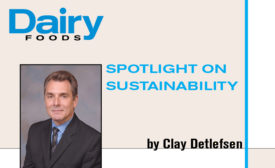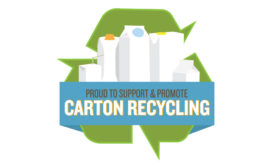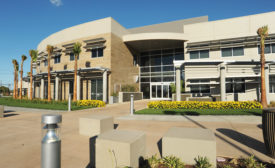Home » sustainability
Articles Tagged with ''sustainability''
A new website reviews technologies for managing or creating manure-based products. Dairy producers will find this site helpful.
Read More
Water Quality Trading is a win-win solution
The EPA notes that nutrient-recovery technologies provide palpable and verifiable nutrient reductions, which can allow for the elimination of the uncertainty ratios.
January 11, 2017
Old McDonald has a cow
Dairy farmers and their kin attack dairy processors
In attacking Dannon for its sustainability practices, an alliance of farmers is being divisive and dishonest.
January 6, 2017
Use these tools to measure sustainability efforts
To reduce GHG emissions further, all segments of the dairy industry must optimize efficiency. That means increasing milk yield per cow, reducing enteric emissions, improving manure handling, optimizing breeding and enhancing cow comfort.
October 11, 2016
Sustainability
Dairy processors, experts share their tips for sustainability
October 22, 2015
Sustainability
A dairy processor strives for zero waste and enlists consumers to help
October 15, 2015
Stay ahead of the curve. Unlock a dose of cutting-edge insights.
Receive our premium content directly to your inbox.
SIGN-UP TODAYCopyright ©2025. All Rights Reserved BNP Media.
Design, CMS, Hosting & Web Development :: ePublishing









